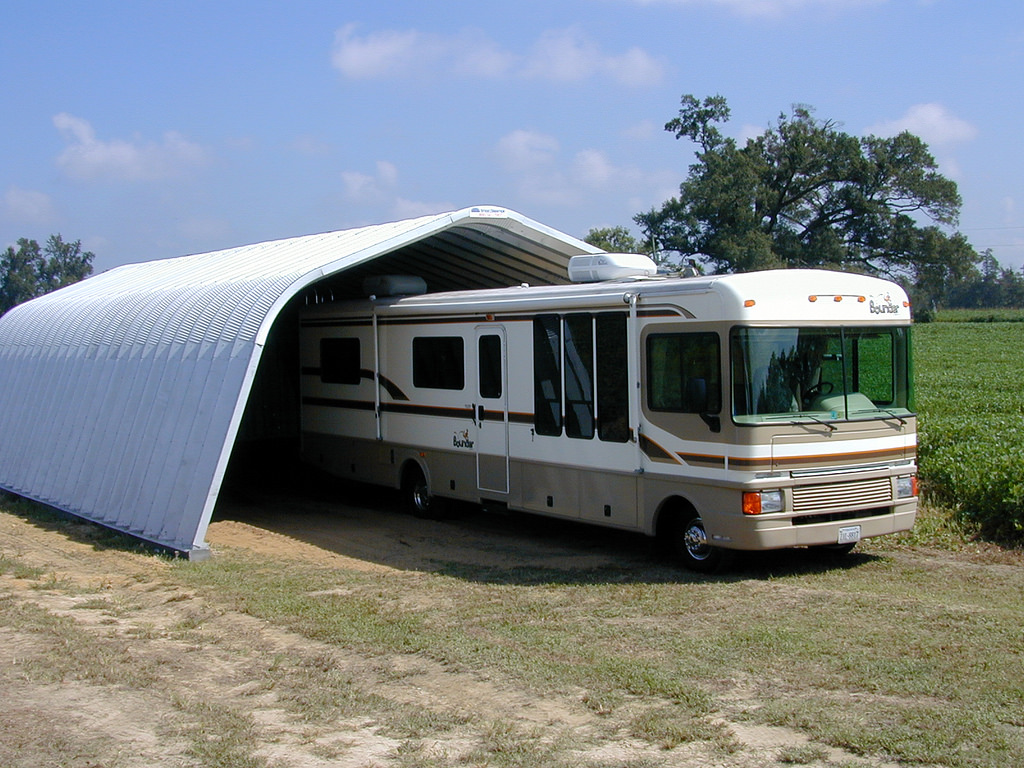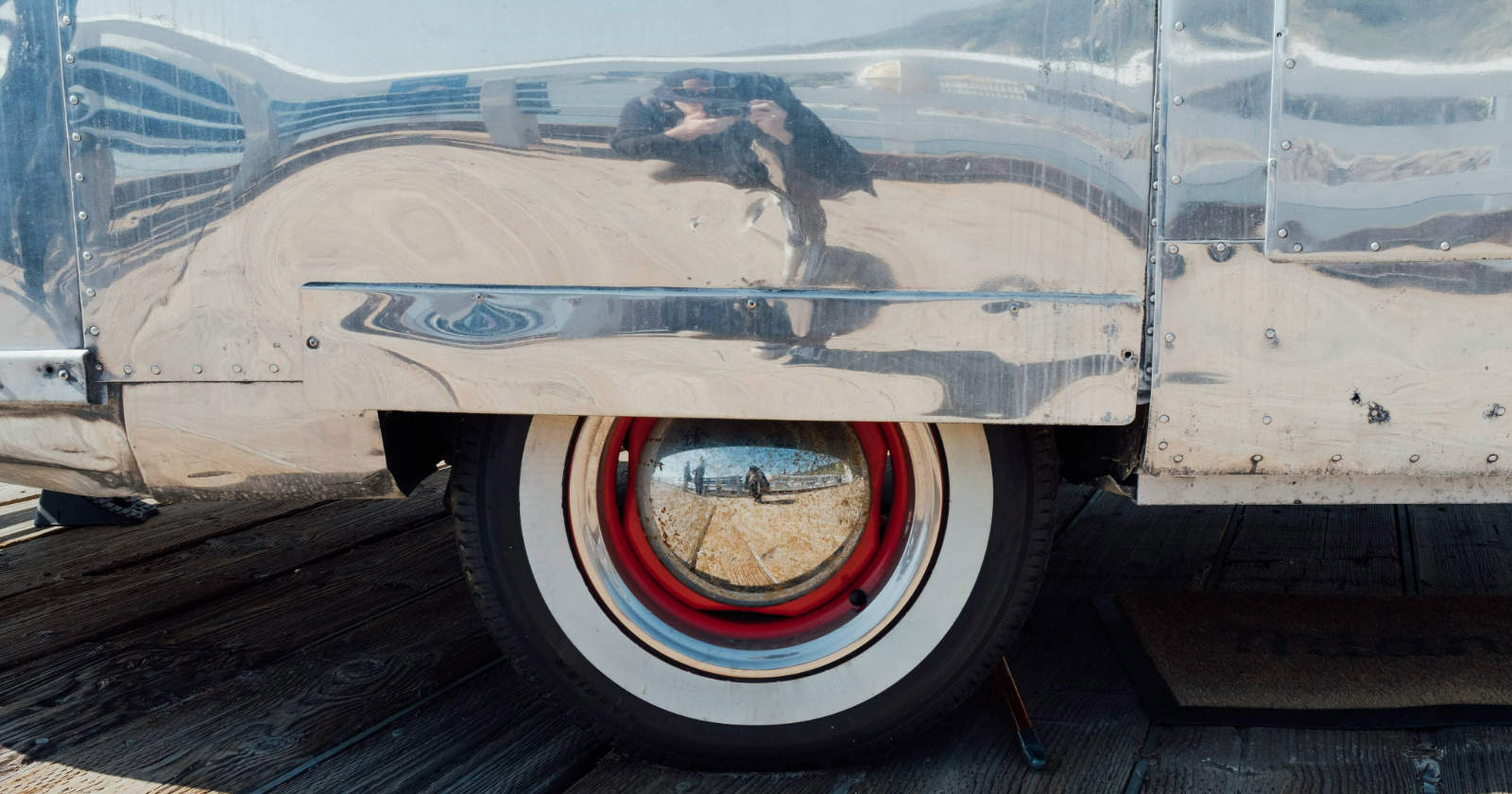Before you put your RV into storage, you’re probably worried about potential nicks and scratches to the paint or rainwater finding a hidden path into your RV.
If you’re like many RVers, you may not think twice about how to store your RV tires properly. Not taking care of your RV’s tires may cause insidious damage and dramatically shorten their lifespan. Don’t wait for a catastrophic blowout or flat to prompt you to pay more attention to tire storage.

This guide will help keep the tires on your RV in good shape—during storage and afterward.
How to store RV tires the right way
Before you choose a place to store your RV, remember to consider the tires on your motorhome or trailer. To get the maximum life out of your RV’s tires, keep them away from the following three things:
- Sunlight – Sunlight damages tires by breaking down rubber molecules, making the rubber brittle and causing cracks to form.
- Ozone – Ozone also damages rubber molecules, which is why tire manufacturers add antioxidants and antiozonants to slow the punishing effects of ozone.
- Standing water – A more serious issue with tube type tires, if water penetrates into the inner liner and casing, the tire may suddenly rupture.
Specific situations you should avoid when parking your RV
While several tire manufacturers make RV-specific tires, they’re all made of the same material: rubber. Protect the rubber on your tires by avoiding the following situations when you park your RV for any length of time:
- Oily or greasy puddles of water
- Indirect sunlight – Many RVers use tire covers, even when parked for a day or two outdoors
- Near electric motors – The electric motors produce ozone which rapidly damages tires
- Hot surfaces – Black asphalt absorbs heat from the sun and is hotter than concrete
- Next to highly reflective materials like snow or sand – Much like snow blindness, these materials reflect the sun’s powerful rays to the surface of your tires
- Unlevel surfaces – Parking on a grade or tilted can increase the pressure on one or several of your rig’s tires.
How to prepare your RV for storage to prolong tire life
In an ideal world, all vehicles placed in storage would have their wheels removed and sit on blocks. While almost no RVers do this in practice, you can put the least amount of stress on your RV tires while your rig is in storage by doing the following:
- Remove as much weight from the RV as possible.
- Every three months, move the RV to prevent cracks from forming in the bottom part of the tire (the bulge).
- Increase the air pressure inside each tire by 25% over the recommended operating pressure. Never inflate your tires beyond the pressure stated on the sidewall of the tire (this is the maximum pressure the tire can withstand before rupturing).
- Do not move the vehicle while the weather is very cold.
- Reduce tire pressure to normal levels before using your RV after the storage period ends.




I question the validity of covering your tires to protect from direct sunlight exposure. I recently purchased a motorhome from my dad. The tires were original from 2004. The motorhome was parked outside all of its life and exposed to direct sunlight every day. When I inspected the tires, the only dry rot was in the tread grooves, and on the inside duallies – both sides. The exposed side of the outside tire was just fine. This evidence would suggest that deterioration is not caused by sunlight, but rather other factors.
If you park off pavement during storage, try to park on something that raises the footprint of the tire from the ground, even if its gravel. I use short 2×12. I ensure whole footprint is on the wood.
Storage with a slipover cover over the RV can be a good thing however remember 2 things:
1. If it flaps or moves, over time it will scuff so keep it tight.
2. Think twice about covering up the PV panels unless batteries are removed.
Thanks Stan, got that typo fixed.
sorry people there is no such animal as KENDRA TIRES
=== Tire 101 by Kendra Tires ===